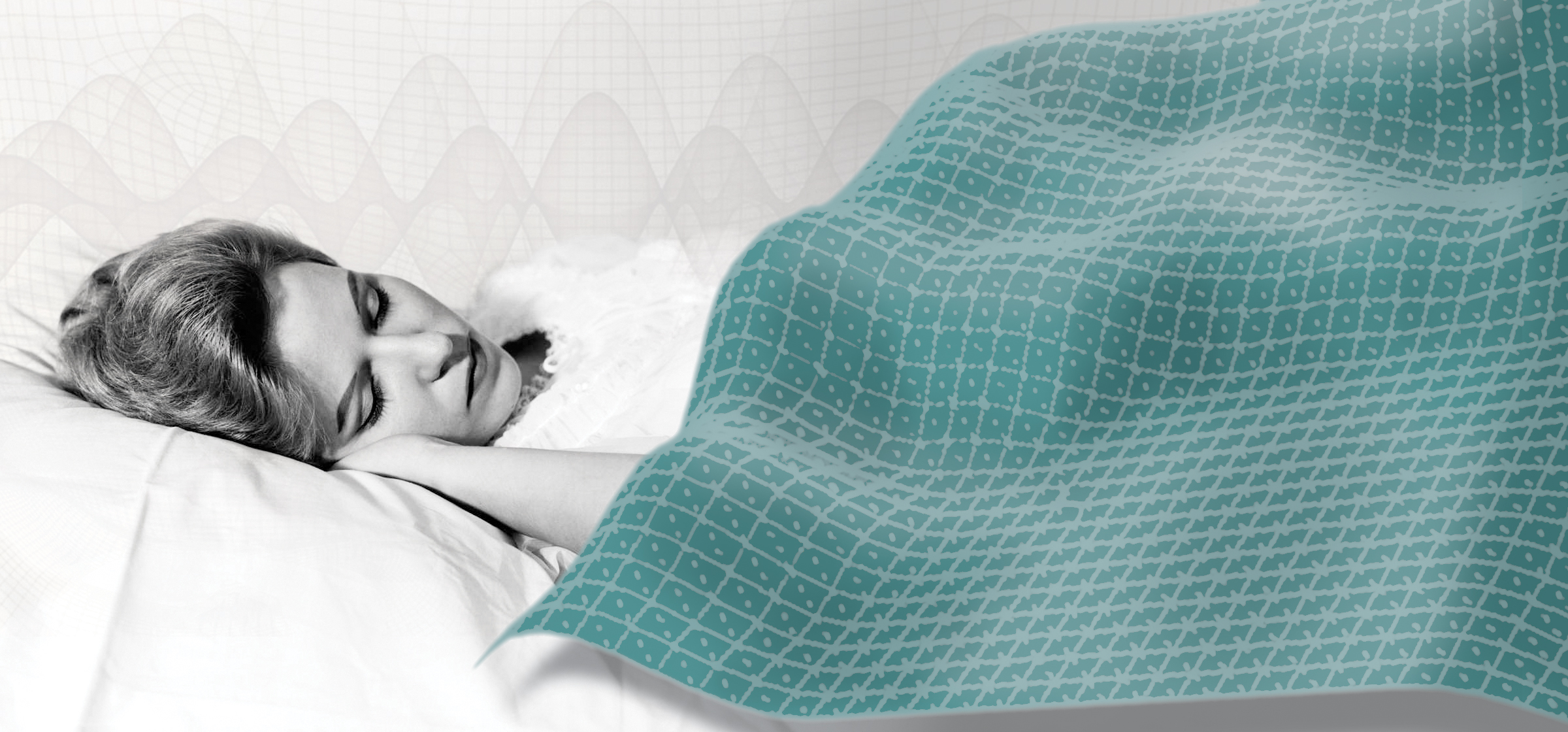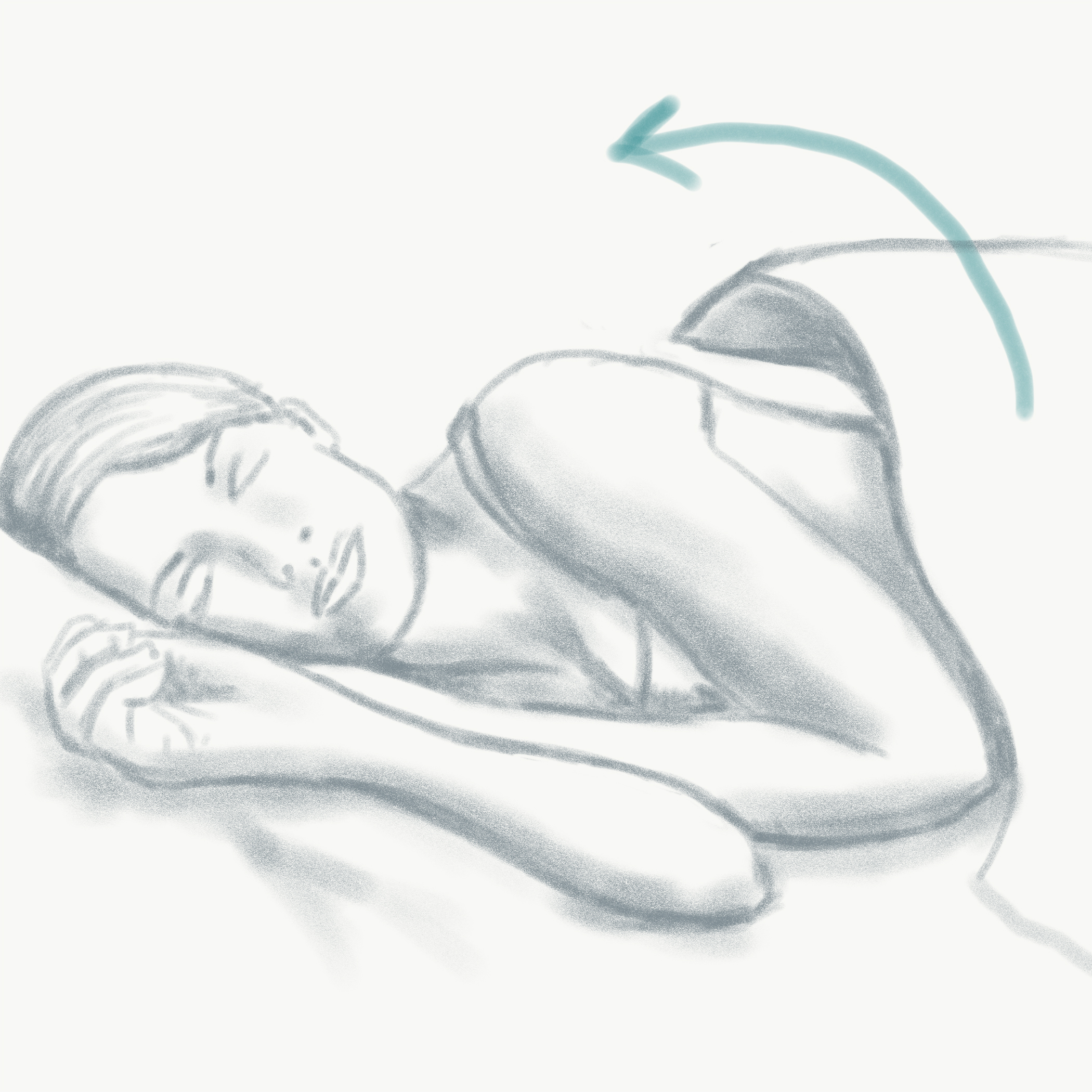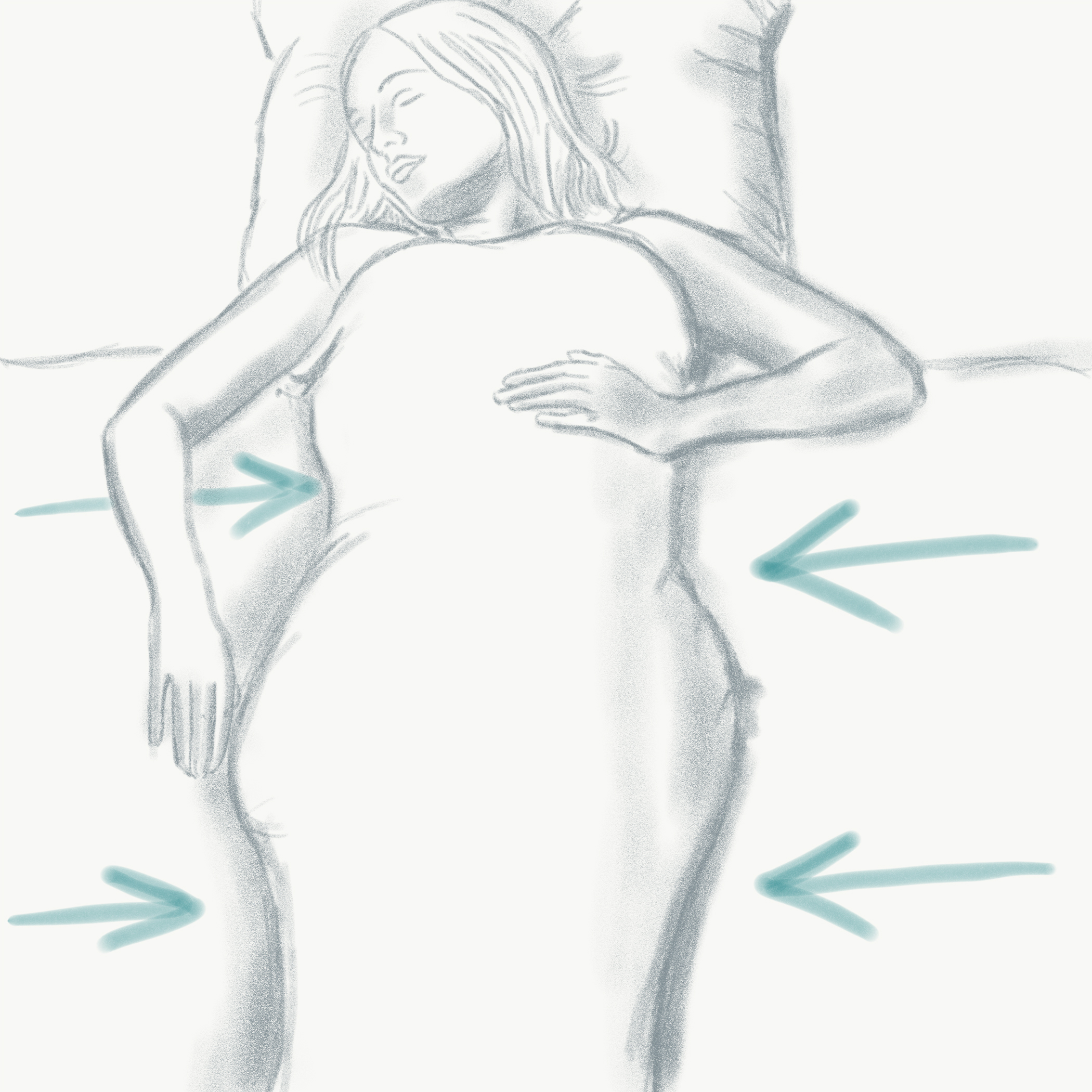Project Abstract: click to download
We spend roughly one-third of our lives sleeping, yet the technology that supports this daily necessity has evolved very little over time. The vast and varied technologies we interact with during our waking hours have evolved significantly, improving our daily lives and expanding our capabilities. While the communication devices and vehicles we use each day would be unrecognizable to people who lived just two-hundred years ago, the beds and blankets we use would be familiar to people who lived thousands of years ago, both in the materials they are made of and their capabilities.
SleepScape seeks to improve your sleep experience by learning your habits and adapting to them over time. Perhaps you are cold when you first get in bed each night, but wake up overheated a few hours later. SleepScape can increase airflow, or adjust its position to help regulate your body temperature. It can comfort you when you are restless by hugging your body or gently wake you in the morning by nudging you. We’ve also imagined extended capabilities, like dream monitoring and interpretation.
SleepScape is a blanket that contains a flexible mesh of electroactive polymers/muscle wires. Embedded in this mesh are sensors that track the user’s temperature as well as the ambient temperature in the room. It also contains accelerometers, proximity sensors and pressure sensors, to gather information about the user’s movement and posture, relative to the blanket. All of these can be tracked specific to different areas of the grid.
Shape-changing capabilities are activated by electrical impulse. The network of muscle wire is strategically activated in order to produce movement. Different areas gradually contract or expand, allowing for purposeful, yet subtle movements, like the blanket rolling off the user when he/she is too hot.
Over time, the blanket learns things like the user’s optimum sleep temperature, and will regulate this by acting before the user has become too hot or too cold.
Below is an image of the flexible mesh. The colored dots represent sensors embedded in the mesh. As stated above, the movement of the blanket is controlled by strategically activating muscle wires to choreograph specific movements, like the blanket rolling off the user. The center image is a time-laps of muscle wire contracting. We’ve played around with the idea of the blanket becoming more or less dense to facilitate airflow, as in the animation on the right, but there are easier ways to create heat-activated vents. This capability can be built into the cloth, instead of requiring a Pneuduino to pump air in and out.
Extended Capabilities: See Dreamscape








